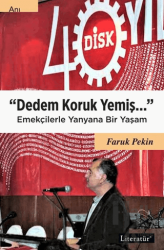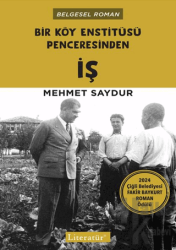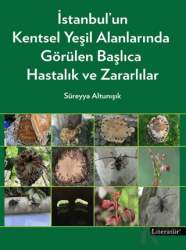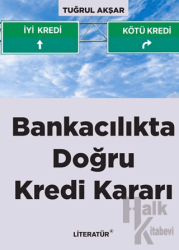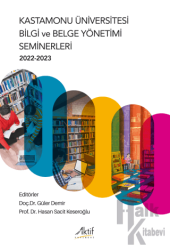Doruk Pamir Building Projects 1963-2005Resimli
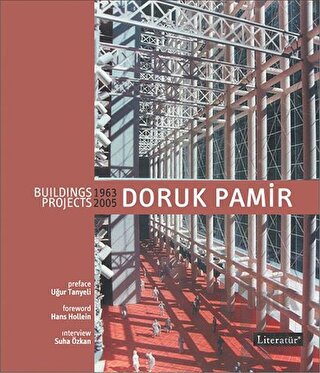
In the architecture world, never to deviate or change routes and positions in the course of design is connected with the virtues of maturity, resolution and consistency. The meaning of this in the academic world is that promotion would be granted in a professional life spent without uttering anything new and therefore bothering. In designing, this means commencing a career with an approved approach and carrying on doing the same thing for a long period in the same line, but without any claims. Doruk Pamir, however, never worried about preserving his position, and thus he was never acquiescent when it came to debating his fields of stubbornness.
Pamir gains importance as an architect and social personality. In a country like Turkey, people who do not care for social alliance, interrelation and public support but who fight their own individual wars are exceptional, Pamir is important just because he is exceptional. Yet he is also important because he has been stubborn by means of architecture, pushing against the architectural system established until recent years, and because singularly, he functioned like a kind of resistance centre. He is important also because he never expected future prosperity through preserving his position in reconciliation with the milieu. Furthermore, he has the discernment and human warmth to make fun of himself in a country where subjective, flat seriousness gains easy credits. Then, by setting out from that particular personality, there is the possibility of introspecting and examining architecture in Turkey with a consideration for the rarity of such individuals. That is to say, if such egos were not rare, one cannot help considering what wide frontiers and discussion opportunities the environment would produce.´´
- Açıklama
In the architecture world, never to deviate or change routes and positions in the course of design is connected with the virtues of maturity, resolution and consistency. The meaning of this in the academic world is that promotion would be granted in a professional life spent without uttering anything new and therefore bothering. In designing, this means commencing a career with an approved approach and carrying on doing the same thing for a long period in the same line, but without any claims. Doruk Pamir, however, never worried about preserving his position, and thus he was never acquiescent when it came to debating his fields of stubbornness.
Pamir gains importance as an architect and social personality. In a country like Turkey, people who do not care for social alliance, interrelation and public support but who fight their own individual wars are exceptional, Pamir is important just because he is exceptional. Yet he is also important because he has been stubborn by means of architecture, pushing against the architectural system established until recent years, and because singularly, he functioned like a kind of resistance centre. He is important also because he never expected future prosperity through preserving his position in reconciliation with the milieu. Furthermore, he has the discernment and human warmth to make fun of himself in a country where subjective, flat seriousness gains easy credits. Then, by setting out from that particular personality, there is the possibility of introspecting and examining architecture in Turkey with a consideration for the rarity of such individuals. That is to say, if such egos were not rare, one cannot help considering what wide frontiers and discussion opportunities the environment would produce.´´
Format:Kitap
- Taksit Seçenekleri
- Axess KartlarTaksit SayısıTaksit tutarıGenel ToplamTek Çekim266,50266,502138,58277,16394,16282,49647,97287,82932,57293,15Finansbank KartlarıTaksit SayısıTaksit tutarıGenel ToplamTek Çekim266,50266,502138,58277,16394,16282,49647,97287,82932,57293,15Bonus KartlarTaksit SayısıTaksit tutarıGenel ToplamTek Çekim266,50266,502138,58277,16394,16282,49647,97287,82932,57293,15Paraf KartlarTaksit SayısıTaksit tutarıGenel ToplamTek Çekim266,50266,502138,58277,16394,16282,49647,97287,82932,57293,15Maximum KartlarTaksit SayısıTaksit tutarıGenel ToplamTek Çekim266,50266,502138,58277,16394,16282,49647,97287,82932,57293,15World KartlarTaksit SayısıTaksit tutarıGenel ToplamTek Çekim266,50266,502138,58277,16394,16282,49647,97287,82932,57293,15Diğer KartlarTaksit SayısıTaksit tutarıGenel ToplamTek Çekim266,50266,502--3--6--9--
- Yorumlar
- Yorum yazBu kitabı henüz kimse eleştirmemiş.
- Yayınevinin Diğer Kitapları
- Yazarın Diğer Kitapları




